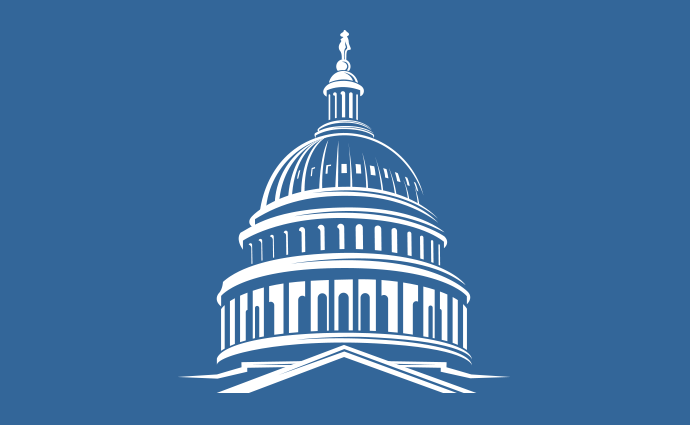Senators Request Payer, Provider Data on Surprise Medical Billing
A bipartisan group of senators has released a letter asking for payer and provider information on surprise medical billing.

Source: Thinkstock
- Senators from both sides of the aisle have requested information from providers and payers regarding surprise medical billing.
In a recently released letter, Senators Bill Cassidy (R-LA), Michael Bennet (D-CO), Todd Young (R-IN), Tom Carper (D-DE), Lisa Murkowski (R-AK), and Margaret Wood Hassan (D-NH) asked stakeholders to provide data that will help prevent consumers from being overwhelmed by unexpected bills.
“As we continue our bipartisan effort to lower healthcare costs and improve price transparency, we seek detailed information in addition to what we have received thus far,” the senators wrote.
“Surprise medical billing is a complex problem, and crafting bipartisan, effective legislation to address it will require greater engagement from the private sector. We want to protect patients from costly surprise bills while preventing undue disruption in the healthcare system.”
The letter asked health plans to provide details on what they currently pay for out-of-network care on average, broken down by plan type, market type, and provider type. The lawmakers also requested information on how these rates compare to Medicare rates, average in-network rates, and provider charges.
Senators also asked stakeholders to reveal what percentage of care costs are currently attributable to specialty groups, including radiologists, pathologists, and emergency care physicians.
Additionally, for states that tie reimbursement to the 80th percentile of provider charges or another percentile of charges, the group asked for data on how these reimbursement levels have affected premiums in these states.
Health plans were asked whether they have a process for identifying when providers send balance bills, and what percentage of these balance bills exceed than $750.
Regarding providers, the group wanted to know the average out-of-network payment that they receive for emergency services, and how this compares to Medicare, broken down by plan type and market.
Senators also asked what percentage of ER, radiology, and pathology services are performed by providers that are part of outsourcing firms, as well as the relative market shares for large national staffing companies, local physician groups, and hospital-staffed specialists for each of these specialties.
In addition, the letter asks providers for data to show how often a balance bill is sent to a patient in situations where the ED or ancillary provider is out-of-network, but the facility is in-network.
This letter builds on ongoing Senate efforts to increase price transparency and reduce healthcare costs. In September 2018, another bipartisan coalition introduced legislation to end surprise medical billing in the Protecting Patients from Surprise Medical Bills Act.
The bill aims to prohibit providers from charging a patient the difference between what a payer covers and the cost of an out-of-network ED visit. Under this new legislation, payers would pay the difference between a provider’s costs and the health plan’s current benefit allowance.
The group expects that payers’ and providers’ responses to these questions will help enhance their efforts to end surprise medical billing.
“By providing comprehensive answers to these questions, you will inform our work on this issue and help bring relief from surprise medical bills to Americans in a timely manner,” the letter concluded.
“We respectfully request your response to Transparency@cassidy.senate.gov by Feb. 18, 2019. We look forward to reviewing your submissions.”
